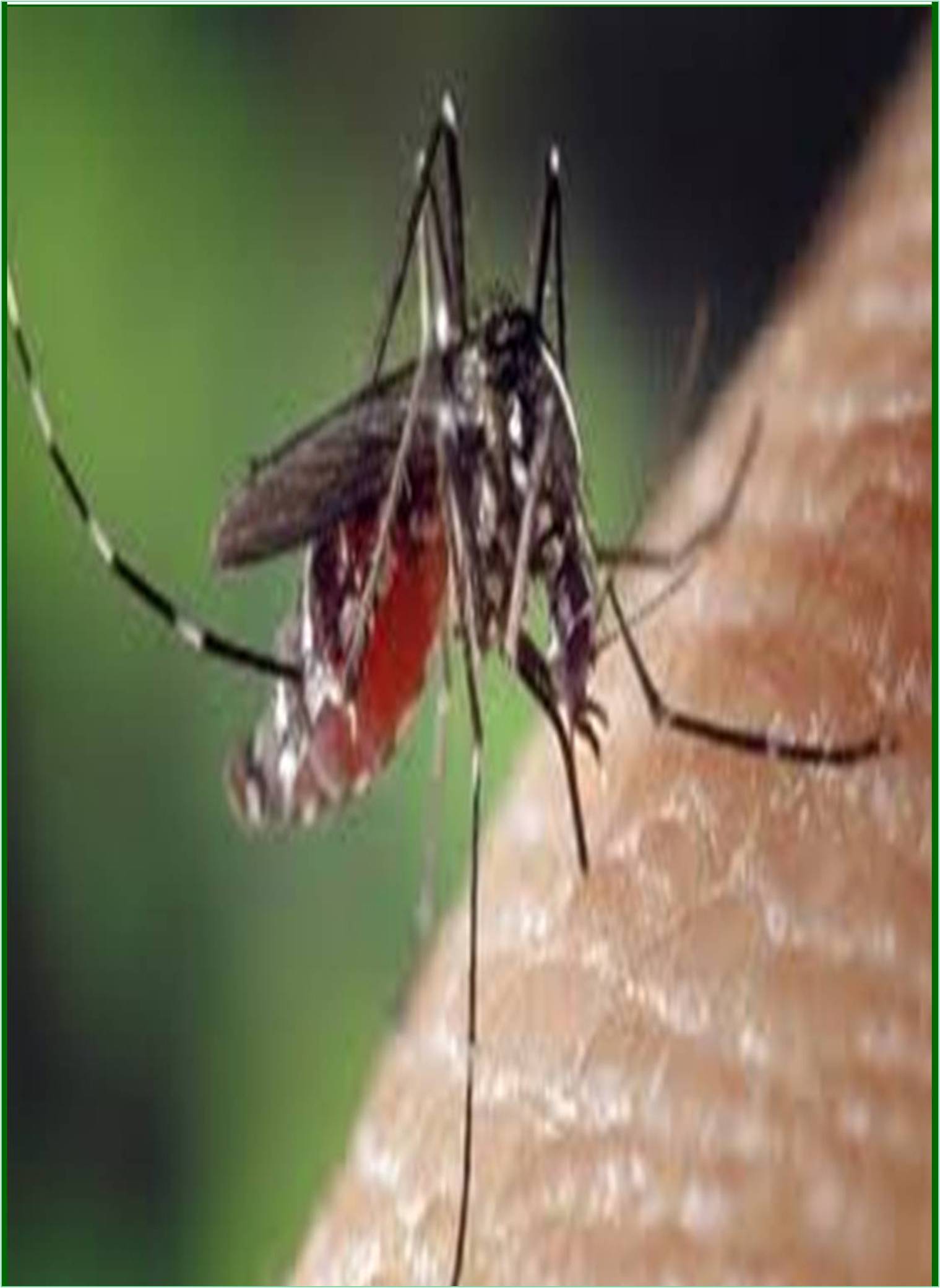



Received: 28-Nov-2022 Editor assigned: 30-Nov-2022 Reviewed: 14-Dec-2022 Revised: 21-Dec-2022 Published: 28-Dec-2022, DOI: 10.15651/JFTD.22.3.19
Neglected Tropical Diseases (NTDs) refer to a group of parasitic and bacterial infections that primarily affect populations living in poverty in tropical and subtropical regions of the world. NTDs have a devastating impact on the health and well-being of affected communities, causing disability, disfigurement, and death, and hindering economic growth and development. According to the World Health Organization (WHO), 17 of the 20 countries with the highest burden of NTDs are in Asia, including India, Indonesia, and Bangladesh. This article will discuss the status and perspective of NTDs in Asia, including the burden of disease, current efforts to control and eliminate NTDs, and future challenges and opportunities.
NTDs affect over one billion people worldwide, with the majority living in Asia, sub-Saharan Africa, and Latin America. The most common NTDs in Asia include lymphatic filariasis, soil-transmitted helminthiasis, schistosomiasis, and dengue fever. These diseases cause significant morbidity and mortality, with an estimated 534,000 deaths annually. NTDs disproportionately affect the poor, who have limited access to basic sanitation and hygiene, and live in close proximity to disease vectors such as mosquitoes and snails.
Lymphatic filariasis is a parasitic infection that is spread by mosquitoes and can cause severe swelling and disfigurement of the limbs, a condition known as elephantiasis. In Asia, lymphatic filariasis affects an estimated 120 million people, with India having the highest burden of disease. Soil-transmitted helminthiasis is caused by parasitic worms that live in the intestines and can cause malnutrition, anemia, and impaired cognitive development. An estimated 660 million people in Asia are infected with soil-transmitted helminthes, with the highest burden of disease in India, Indonesia, and China. Schistosomiasis is a parasitic infection that is transmitted by snails and can cause liver and bladder damage. In Asia, an estimated 28 million people are infected with schistosomiasis, with the highest burden of disease in China and the Philippines. Dengue fever is a viral infection that is spread by mosquitoes and can cause severe flu-like symptoms, including high fever, headache, and joint pain. In Asia, an estimated 70% of the global burden of dengue fever is concentrated in India, Indonesia, and Thailand.
The WHO has set a goal to eliminate 10 of the most common NTDs by 2030. To achieve this goal, countries in Asia are implementing a range of interventions, including mass drug administration, vector control, and improved sanitation and hygiene. Mass drug administration involves distributing medication to entire populations at risk of NTDs, regardless of whether they are infected or not. This approach has been successful in reducing the burden of lymphatic filariasis, onchocerciasis, and trachoma in several countries in Asia.
Vector control involves reducing the population of disease-carrying insects such as mosquitoes and snails through the use of insecticides and environmental management. Insecticide-treated bed nets have been shown to be effective in reducing the transmission of malaria, and are now being used to control other mosquito-borne diseases such as dengue fever. Environmental management involves removing standing water and other breeding sites for mosquitoes and snails, which can reduce the transmission of diseases such as lymphatic filariasis and schistosomiasis.